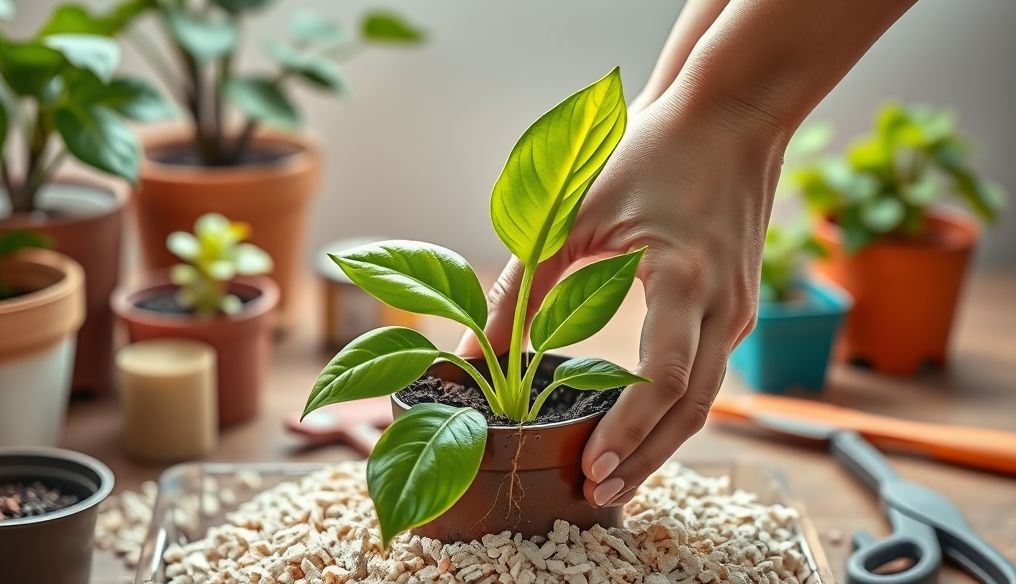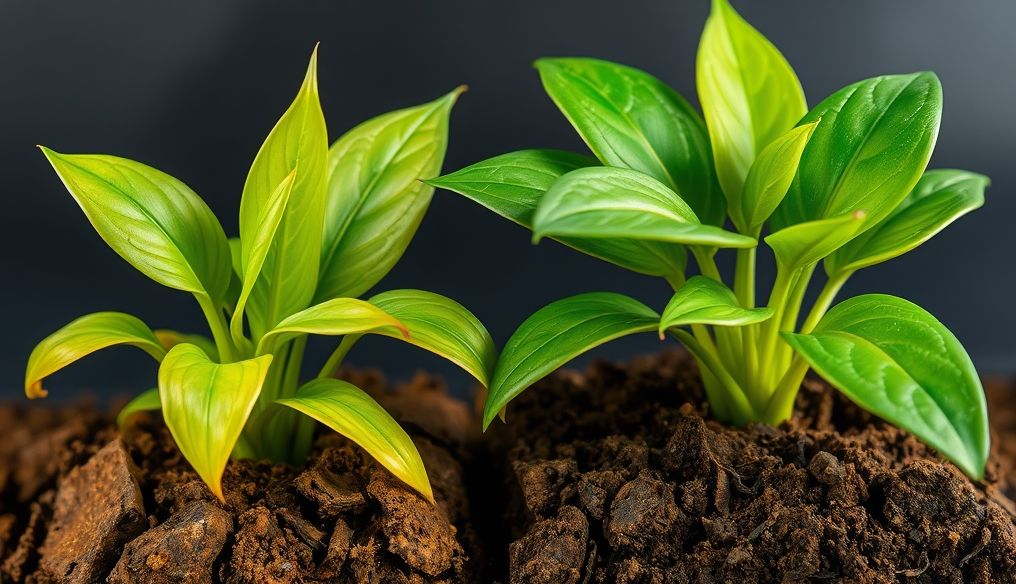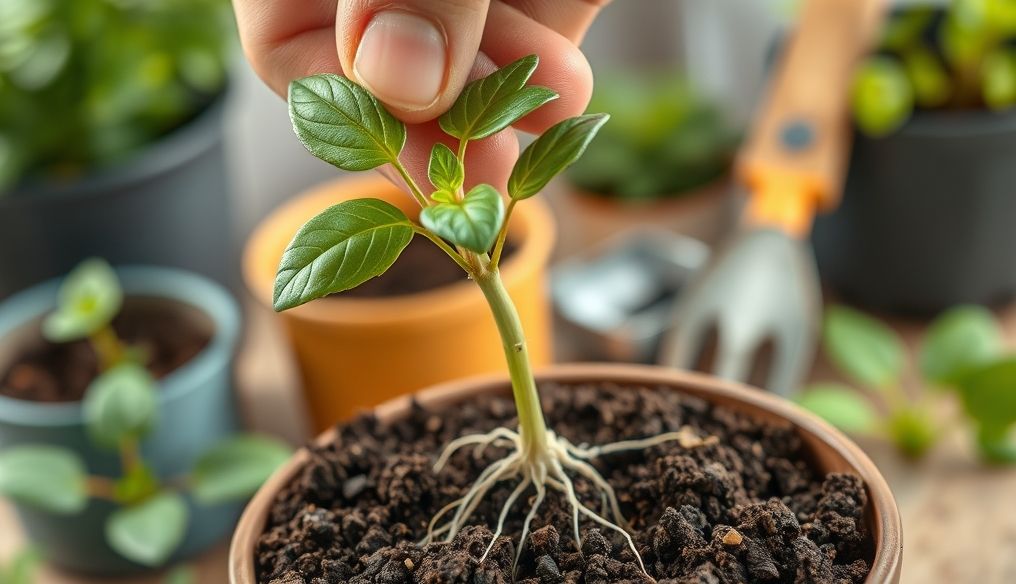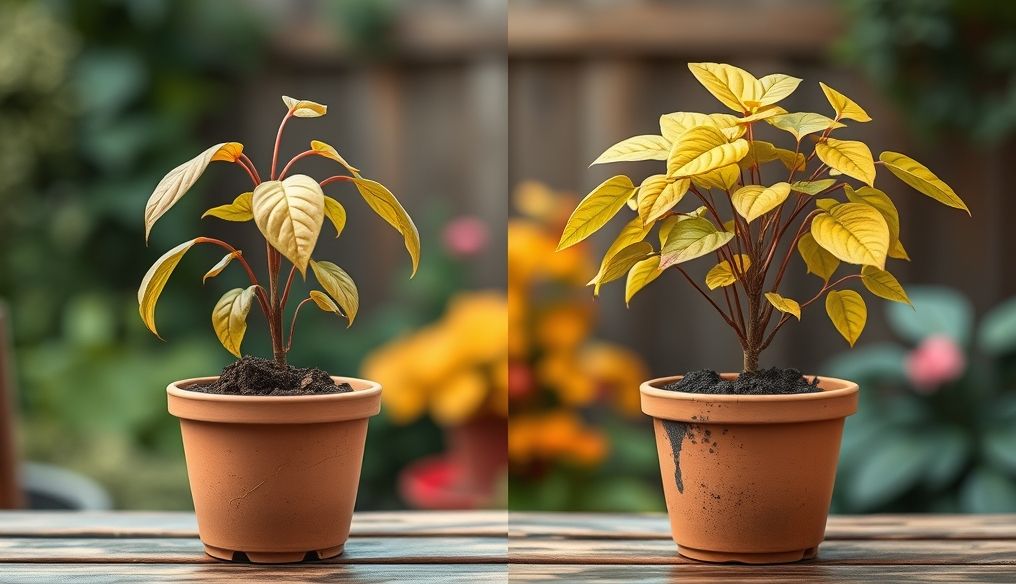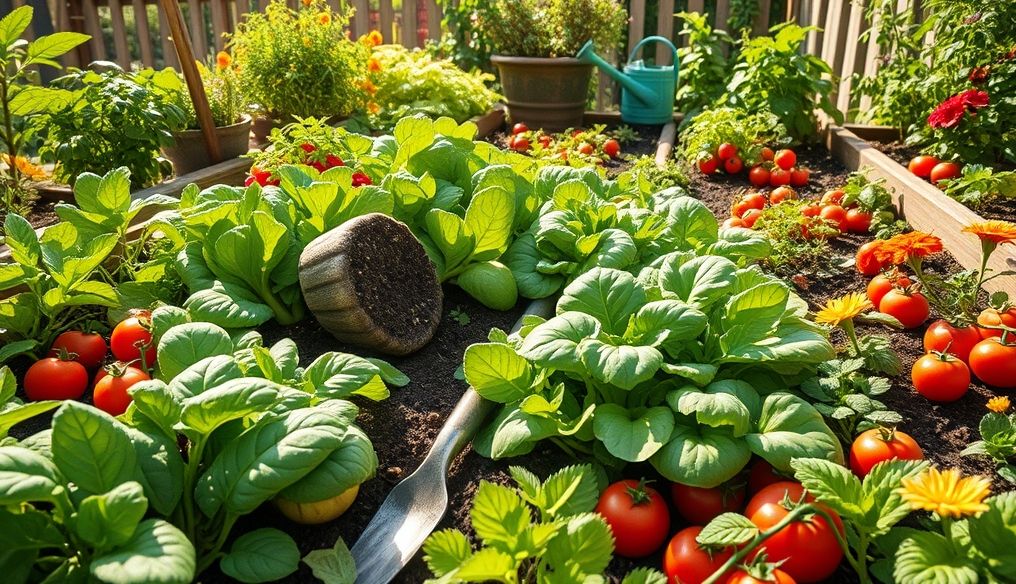Introduction to Plant Propagation by Cuttings
Plant propagation by cuttings is a common and effective method of reproducing plants, where a part of the plant, such as the stem, leaf, or root, is used to grow a new plant. This method is simple, economical, and allows you to expand your plant collection easily.
What are Cuttings and Their Types?
Cuttings are parts of the plant that are separated and used to produce new plants. There are different types of cuttings, depending on the part of the plant used:
- Stem Cuttings: These are the most common, using a part of the plant's stem.
- Leaf Cuttings: Use a whole leaf or a part of it.
- Root Cuttings: Use a part of the plant's root.
Why Choose Propagation by Cuttings?
Propagation by cuttings offers several advantages:
- Ease of Implementation: It does not require advanced skills or complex equipment.
- Economical: You do not need to buy seeds or new plants.
- Preservation of Genetic Traits: The resulting plants are an exact copy of the mother plant.
- Speed of Growth: Plants resulting from cuttings often grow faster than those from seeds.
Tools and Materials Needed for Propagation by Cuttings
To start propagating by cuttings, you will need:
- Healthy Mother Plant: Choose a strong, disease-free plant.
- Sharp Knife or Pruning Shears: To cut the cuttings cleanly.
- Rooting Hormone (Optional): To speed up the rooting process.
- Suitable Growing Medium: Such as peat moss, perlite, or a mixture of both.
- Pots or Containers: To plant the cuttings in.
- Water Sprayer: To keep the cuttings moist.
- Plastic Cover (Optional): To increase humidity.
Steps for Propagation by Cuttings (Stem Cuttings as an Example)
- Choosing the Cutting: Choose a healthy stem, 10-15 cm long.
- Preparing the Cutting: Remove the lower leaves and leave only the upper leaves.
- Applying Rooting Hormone (Optional): Dip the lower end of the cutting into rooting hormone.
- Planting the Cutting: Plant the cutting in the growing medium, ensuring the lower part is covered.
- Watering and Humidity: Spray the cutting with water and cover it with a plastic cover to maintain humidity.
- Caring for the Cutting: Place the cutting in a warm, bright place, but not in direct sunlight. Keep the growing medium moist.
Caring for Cuttings After Planting
After planting the cuttings, it is important to provide proper care to ensure successful rooting:
- Regular Watering: Keep the growing medium moist without overwatering.
- Humidity: Maintain high humidity around the cuttings by using a plastic cover or spraying them with water regularly.
- Ventilation: Ventilate the cuttings regularly to prevent the formation of mold or fungi.
- Light: Provide bright, indirect light.
- Fertilization (After Rooting): After the roots appear, you can start fertilizing the small plants with a diluted fertilizer solution.
Tips for Successful Propagation by Cuttings
- Choosing the Right Time: The best time for propagation by cuttings is in the spring or early summer.
- Using Clean Tools: To avoid transferring diseases to the cuttings.
- Being Patient: Rooting may take several weeks or even months.
- Continuous Monitoring: Check the cuttings regularly to make sure there are no signs of diseases or pests.
- Experimentation: Don't be afraid to try different types of cuttings and growing media to find what works best for you.
Examples of Plants That Can Be Propagated by Cuttings
Many plants can be successfully propagated by cuttings, including:
- Ornamental Plants: Roses, bougainvillea, hibiscus, lantana, and jasmine.
- Fruit Plants: Grapes, figs, and pomegranates.
- Herbal Plants: Mint, basil, and rosemary.
- Houseplants: Pothos, dracaena, and African violets.
